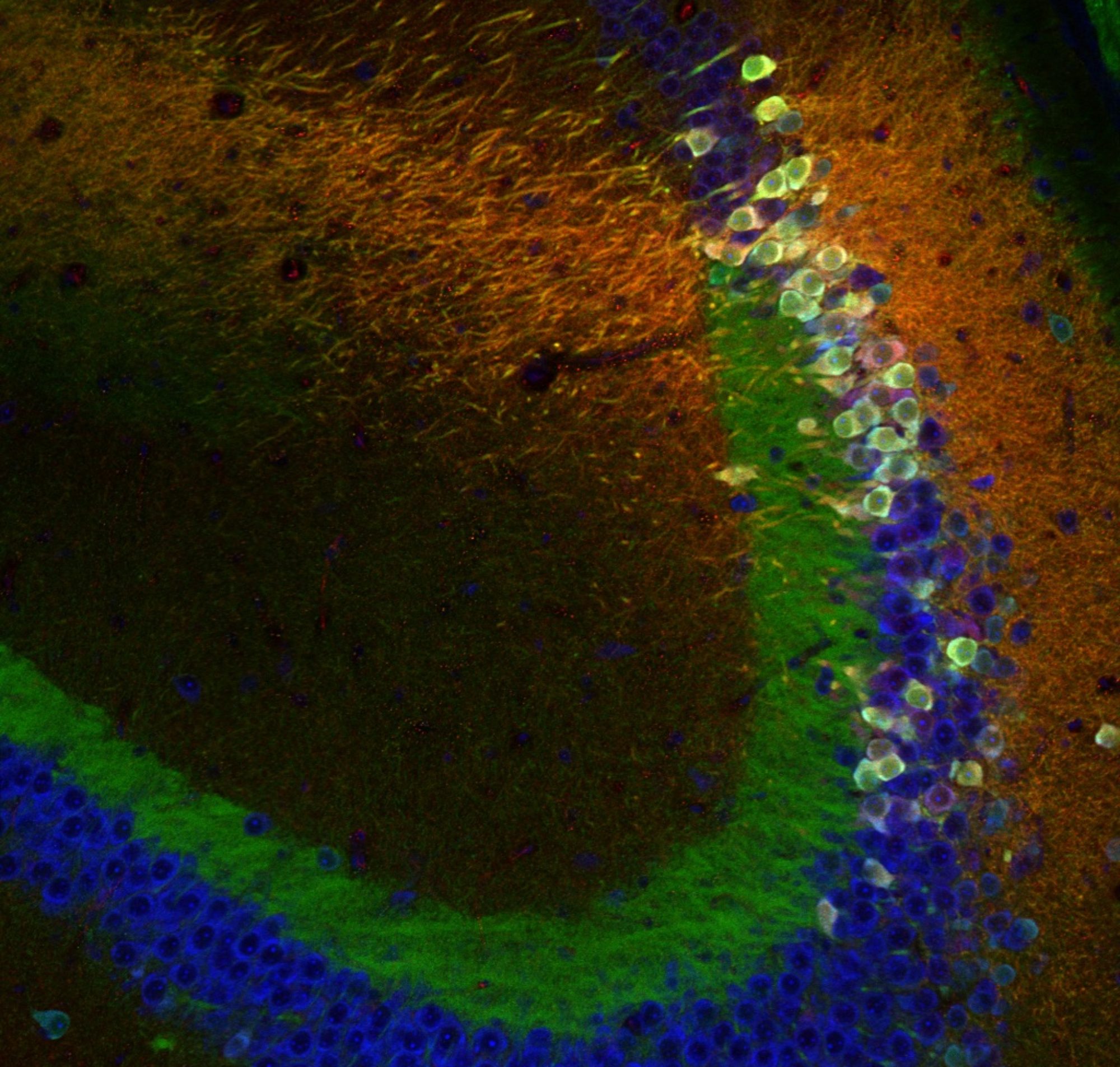I am a neuroscientist studying the neural basis of social interactions. Following my bachelor and master degrees at the Ecole Normale Supérieure, I received a Ph.D. in neuroscience with Suma Cum Laude from the Paris Descartes University in 2014.
For my post-doctoral studies, I joined the laboratory of Steven Siegelbaum at Columbia University. I became interested in a little-studied hippocampal region named CA2 that is necessary for social memory. After discovering a new form of plasticity in CA2 that may support social memory encoding (Leroy et al., Neuron 2017), I began examining how CA2 output could mediate social behaviors. Based on my finding that CA2 sends a strong projection to the lateral septum, an area implicated in aggression, I focused on how CA2 might modulate social aggression. As a core motivated behavior, aggression is controlled by a hypothalamic nucleus, specifically the ventro-lateral part of the ventro-medial hypothalamic nucleus (VMHvl). I discovered that CA2 upregulates VMHvl activity, thereby enhancing aggression, through a disynaptic disinhibitory circuit in the lateral septum that is modulated by the social neuropeptide arginine vasopressin (Leroy et al. Nature 2018).
Cognition and social interactions laboratory
In the Fall of 2020, I joined the Instituto de Neurociencias de Alicante (the largest Spanish neuroscience institute managed by the Consejo Superior de Investigaciones Cientificas and the Universidad Miguel Hernández) as Principal Investigator.
I will lead the cognition and social interactions laboratory to investigate how cognitive information (past experiences and decisions) prioritize, determine and calibrate innate behaviors. Indeed, while the cognitive functions of the cortex (neocortex and hippocampus) have been extensively studied, we know much less about its ability to regulate motivated behaviors fulfilling physiological, safety and social needs. The lateral septum (LS) is ideally positioned to integrate cortical signals in order to regulate the activity of hypothalamic and midbrain nuclei controlling motivated behaviors. LS also receives numerous modulatory inputs from subcortical brain regions. Based on recent cortical-LS-subcortical circuit studies, we study how LS integration of cognitive inputs regulates motivated behaviors. This is all the more important since malfunctions occurring within cortical-LS circuits may lead to altered social behaviors, a hallmark of many psychiatric disorders.
Our research is supported by the European Research Council, the Generalitat Valenciana and the Brain and Behavior Foundation.
Techniques
Immunohistochemistry, in situ hybridization, viral tracing of neural circuit, patch-clamp in acute slices with optogenetic, fiber-photometry, miniature endoscopes, opto- and chemogenetic in freely behaving animals. Behavioral assays of social interactions. Background in biochemistry, biology and cognitive neurosciences.
